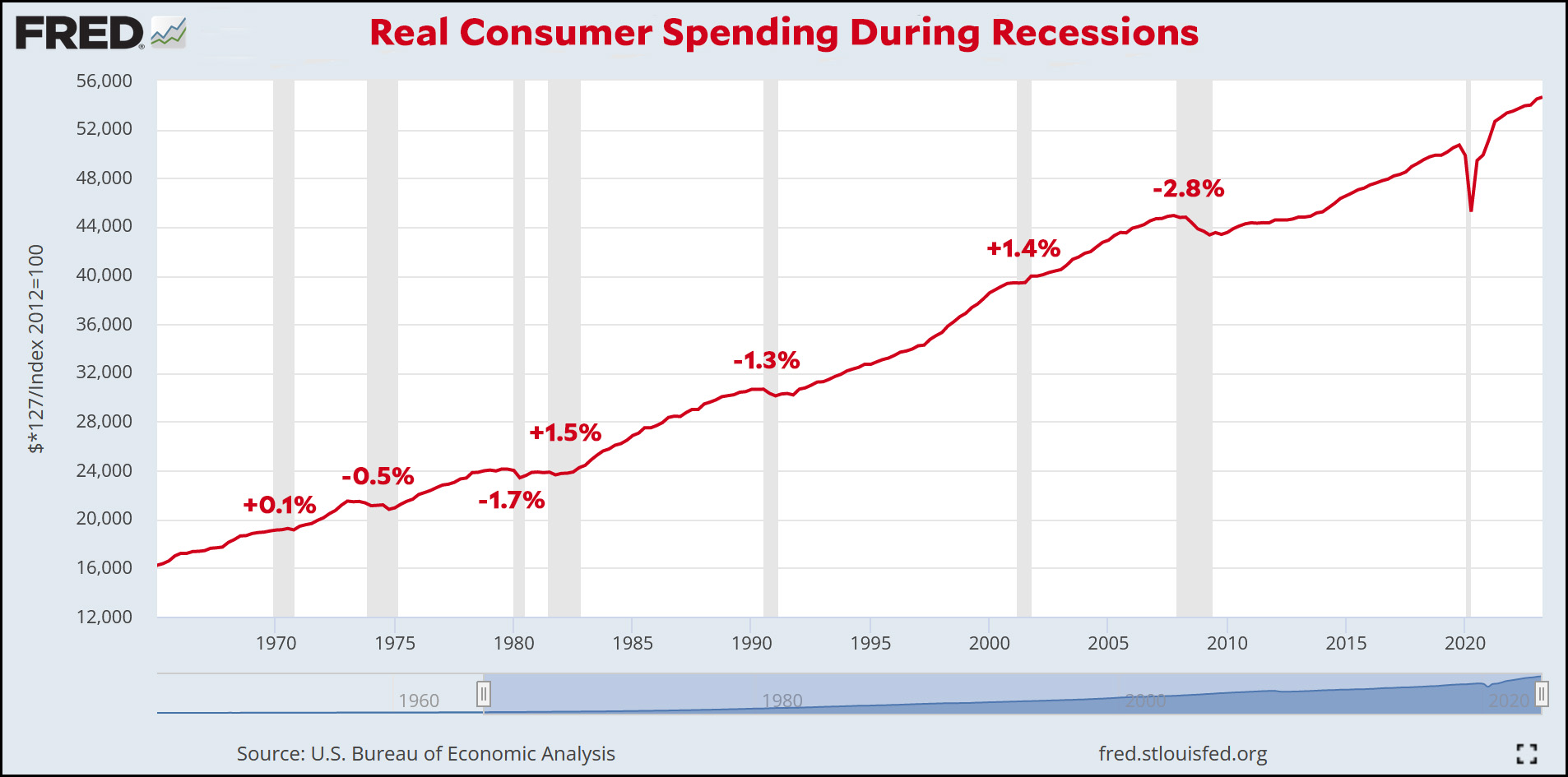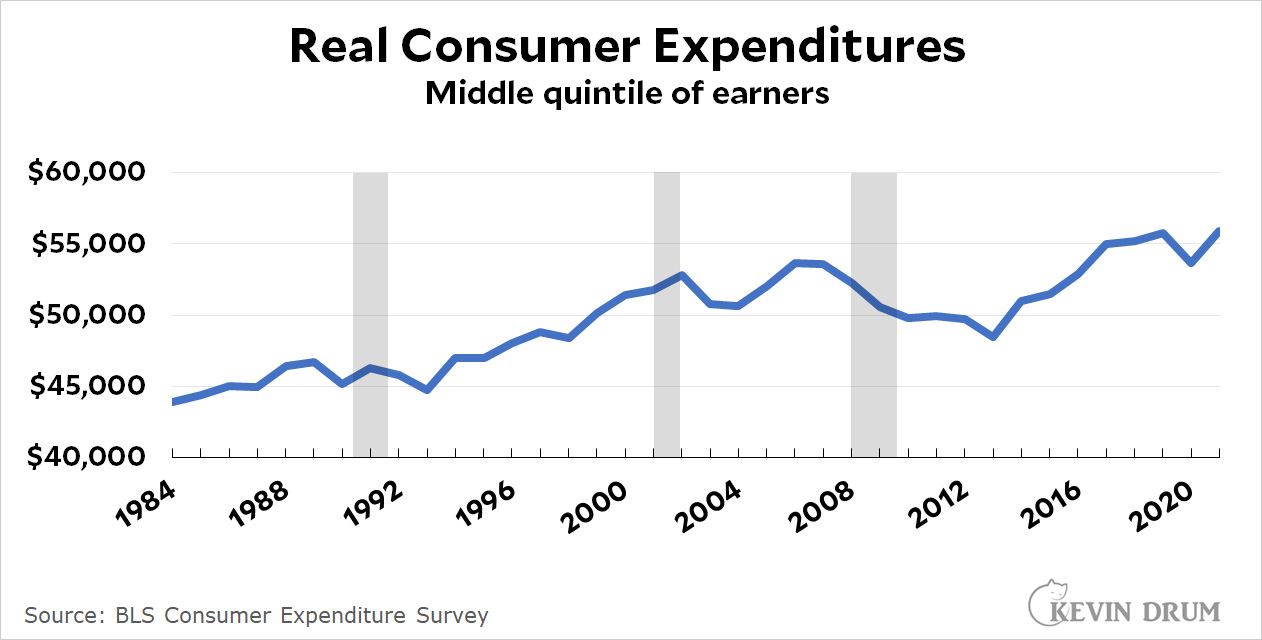The House Freedom Caucus has issued its demands for the upcoming FY24 budget year:
We remain committed to restoring the true FY 2022 topline spending level of $1.471 trillion without the use of gimmicks or reallocated rescissions to return the bureaucracy to its pre-COVID size while allowing for adequate defense funding.
Right off the top, I confess that I'm confused by this number. It refers solely to discretionary spending—which excludes Social Security, Medicare, and other programs that are automatically funded—but every place I look has a different figure for discretionary spending. The OMB, for example, says that discretionary budget authority for FY22 was $1.788 trillion. The Congressional Budget Office says $1.661 trillion. HFC says $1.471 trillion. And all of these are different from actual outlays.
Whatever. But even if we accept the $1.471 trillion number, keeping it at no growth produces an FY24 budget cap of $1.63 trillion after accounting for inflation. This means we have three different numbers in play:
- HFC demand: $1.471 trillion
- Debt ceiling agreement: $1.59 trillion
- Based on real FY22 level: $1.63 trillion
So what's the deal here? It's no surprise that the HFC doesn't accept the debt ceiling cap since they were mad about that from the beginning. But do they not believe in inflation? It's a real thing, not some kind of partisan flim flam. The Senate is working off the debt ceiling number, which is really and truly a cut from FY22 levels. Why is the HFC opposed to this?
Plus there's this:
 These numbers are all from the Congressional Budget Office, so the comparison across time is apples to apples. It's shown as a percentage of GDP, since that's the normal way of presenting budget numbers. And I charted it back to 2000 so you can see I'm not cherry picking anything.
These numbers are all from the Congressional Budget Office, so the comparison across time is apples to apples. It's shown as a percentage of GDP, since that's the normal way of presenting budget numbers. And I charted it back to 2000 so you can see I'm not cherry picking anything.
Bottom line: the HFC has nothing to complain about. Discretionary spending in 2023 is already below pre-COVID levels, and based on the debt ceiling agreement spending in 2024 will be not only below pre-COVID levels, it will be below year 2000 levels. What more can they want?
I'm not pretending to be naive here. Needless to say, I know exactly what they want: whatever number produces the biggest cuts in programs that liberals want. They give the game away with their other demands:
- Include the House-passed “Secure the Border Act of 2023” to cease the unchecked flow of illegal migrants, combat the evils of human trafficking, and stop the flood of dangerous fentanyl into our communities;
- Address the unprecedented weaponization of the Justice Department and FBI to focus them on prosecuting real criminals instead of conducting political witch hunts and targeting law-abiding citizens; and
- End the Left’s cancerous woke policies in the Pentagon undermining our military’s core warfighting mission.
These are just wet dreams, not things that have even a remote chance of passage. But this is their price for agreeing to a temporary spending extension if new budgets aren't ready by the September 30 deadline—which everyone knows they won't be. So it's basically just a fancy way of saying they won't vote for an extension under any circumstances because they'd prefer to shut down the government instead.
Still, as crazy as the HFC is, none of this would be a problem if Kevin McCarthy were willing to pass a clean extension with both Republican and Democratic votes. It's only his insistence on passing an extension solely with Republican votes that gives the HFC any power. Without their votes, Republicans can't gin up a majority on their own. Bring in Democrats, though, and there's no problem putting together a bipartisan majority.
What's wrong with that?
 Meh. The biggest loser was transportation and warehousing, which was revised downward by 2.2%
Meh. The biggest loser was transportation and warehousing, which was revised downward by 2.2%






